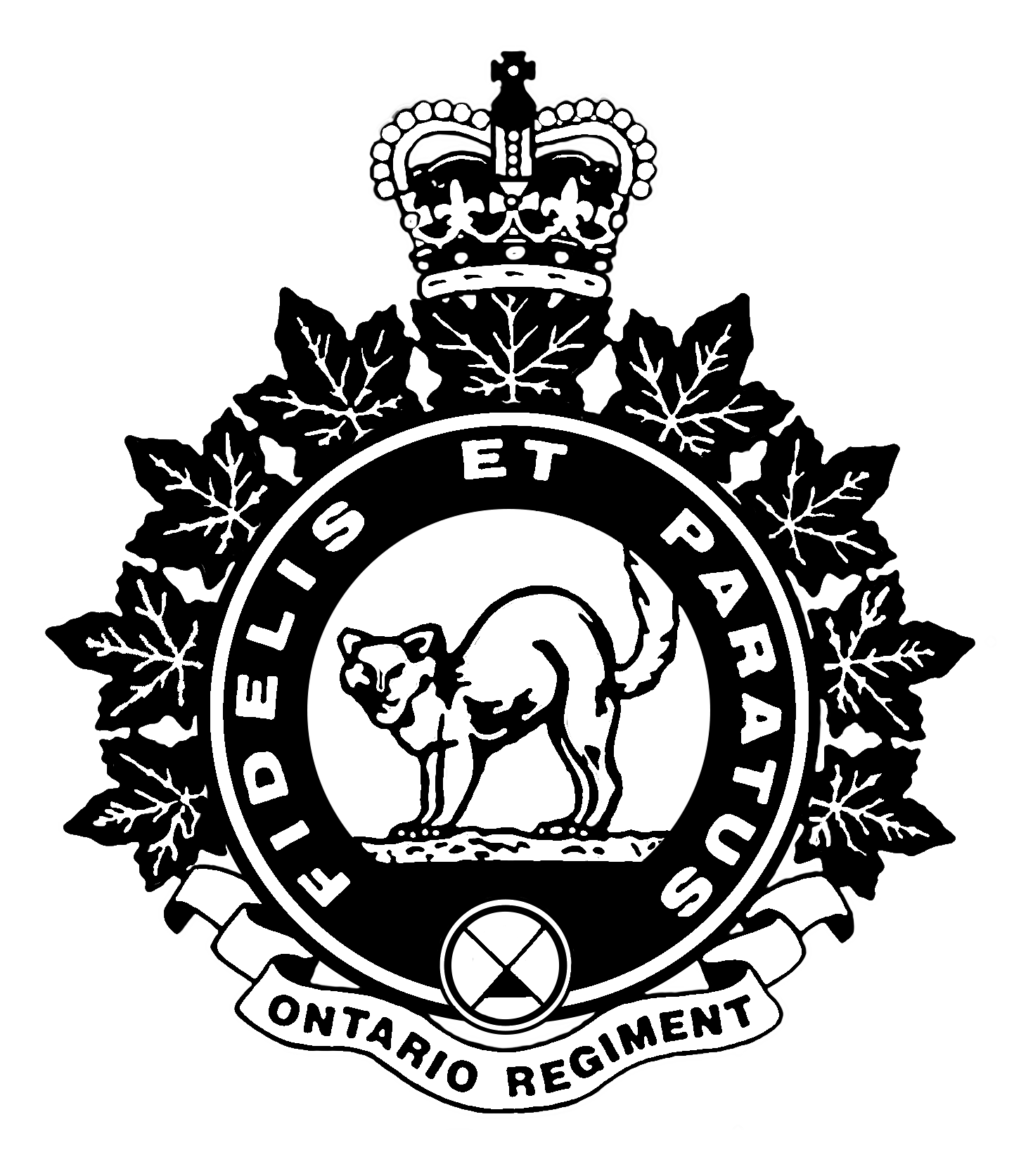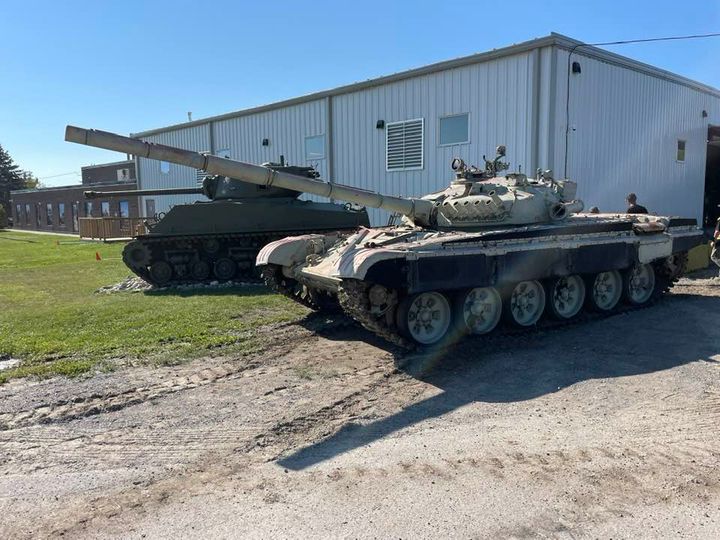
The Museum has acquired a T-72M1 tank. This tank was built as a late-production model in either Poland or Czechoslovakia and purchased by East Germany. The Tank served with the East German army until reunification of East and West Germany in 1990. On 3 October 1990, the East German Army (including other armed groups such as border guards) was disbanded. About 76,000 members of the East German Army were absorbed into the Bundeswehr (Federal German Army). At the time of reunification, East Germany had just over 2,750 tanks – mostly T-72M/M1s. The tanks were put into storage as the new Federal army would use the locally produced (and more modern) Leopard tanks.
The German government presented many nations (including Canada) gifts of Ex-East German armour in the 1990s. T34, T54 and T72 tanks went to CFB Borden Museum. A batch of five T72M1 tanks came to Canada for Canadian Forces Trials and Evaluations. One of the tanks was acquired by 4 Intelligence Company on 2 February 1996 for identification training. The tank was used at CFB Valcartier before it became a gate guard at Long Point, Montreal. Earlier this year, the vehicle was transferred to the Museum.
The T-72 is a family of tanks that was developed by the Soviet Union and entered into service in 1973. Approximately 25,000 were built in Russia, Poland, India, Romania, Yugoslavia, and Czechoslovakia. The export version (T-72M) was used by over 30 countries. There are 12 major upgrades/variants of the T72. In 2010, Russia upgraded their T-72Bs that were held in storage to the T-72B3 variants.
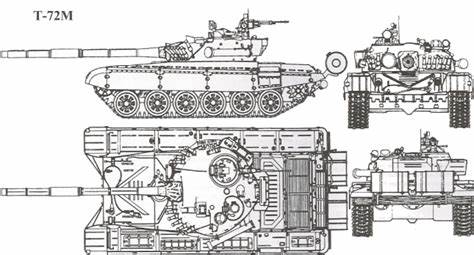
The T-72 family has the following statistics:
• Weight: 43 tonnes (T-72B – 44.5 tonnes)
• Length: 9.5 m (31 ft 3 in) – with Gun
• Hull Length: 6.95 m (22 ft 10 in)
• Width: 3.6 m (11 ft 9 in)
• Height: 2.2 m (7 ft 4 in)
• Crew: 3 (commander, gunner, driver)
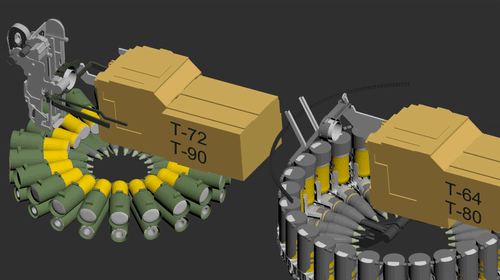
Its primary armament consists of a 125 mm smoothbore gun that can fire antitank ammunition up to 3,000 m. It also carries a 7.62 mm PKT coaxial machine gun and a 12.7 mm anti-aircraft machine gun. The main gun is fed by an autoloader (holding 24 rounds) which can load a round every 8 seconds. The T-72 uses two-part ammunition. The autoloader has two circular racks in the bottom of the turret. One rack holds the projectile and the other holds the propellent.
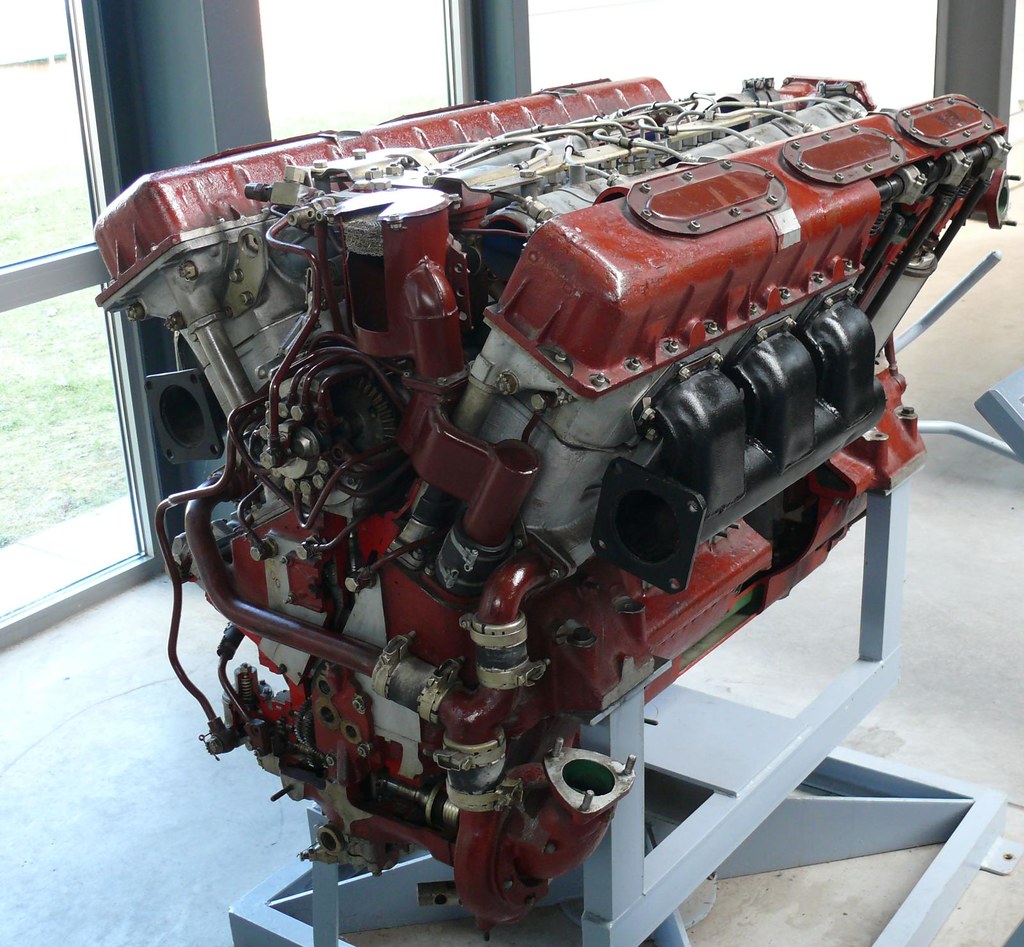
The T-72 is powered by a V12 diesel engine, developing 780 horsepower (Maximum Road speed is 60 kmh). It uses six larger roadwheels on torsion bar suspension. It carries 1,000l of fuel for a range of 460 km. Two drums of fuel can also be carried which will extend the range to 700 km. The tank has a self-entrenching blade (missing on the Museum’s vehicle) and can dig a small berm for protection in under 40 minutes. When not in use this self-entrenching blade provides additional protection for the front of the hull. The vehicle is fitted with a deep wading kit (Snorkel) and can ford water obstacles up to 5 meters deep with preparation.
The T-72/T-72A is used mainly by Russian Forces. The T-72M is the export version. It has less armour and a downgraded Fire Control System. Both versions have grown through evolution with upgrades to optics, Fire control system; additional armour, explosive reactive armour, and command variants. The T-72A used by Russian forces becomes the T-72B(1990), T-72B2 (2006) and T-72B3 (2010, 2016). The T-72Ms were upgraded locally and by Poland and the Czech Republic amongst others including Israel.
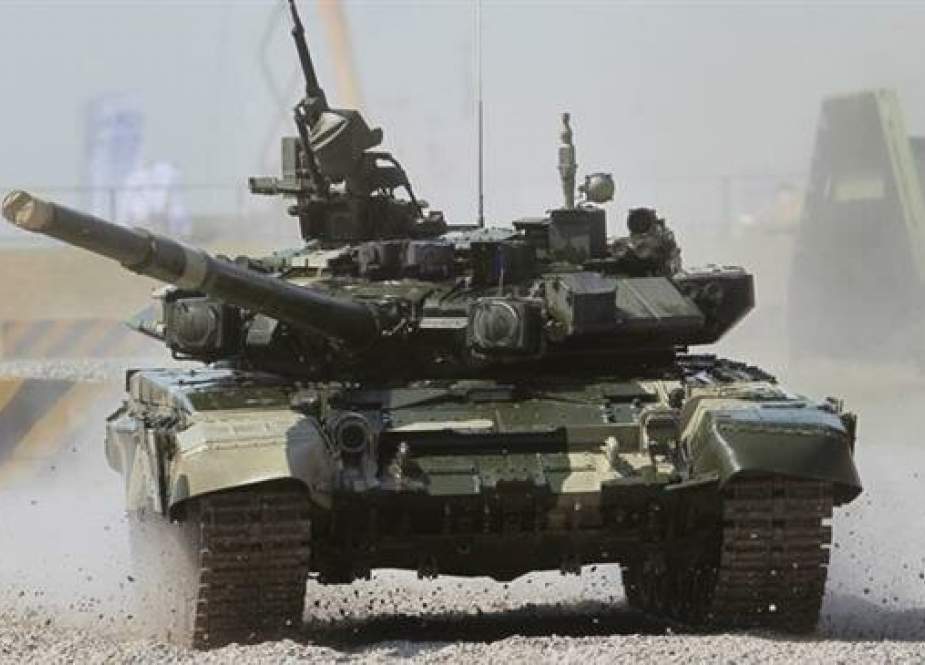
In 1986, development began on what would become the T-90. It was intended to replace T-64, T-72, and T-80 (based on the T-64). The T-90 was based on the T-72 but with the fire control system from the T-80. Under 1,000 T-80s were built for Russia with another 1,000 built under license in India. However, the T-72 tanks remain the primary combat tank of Russia.

